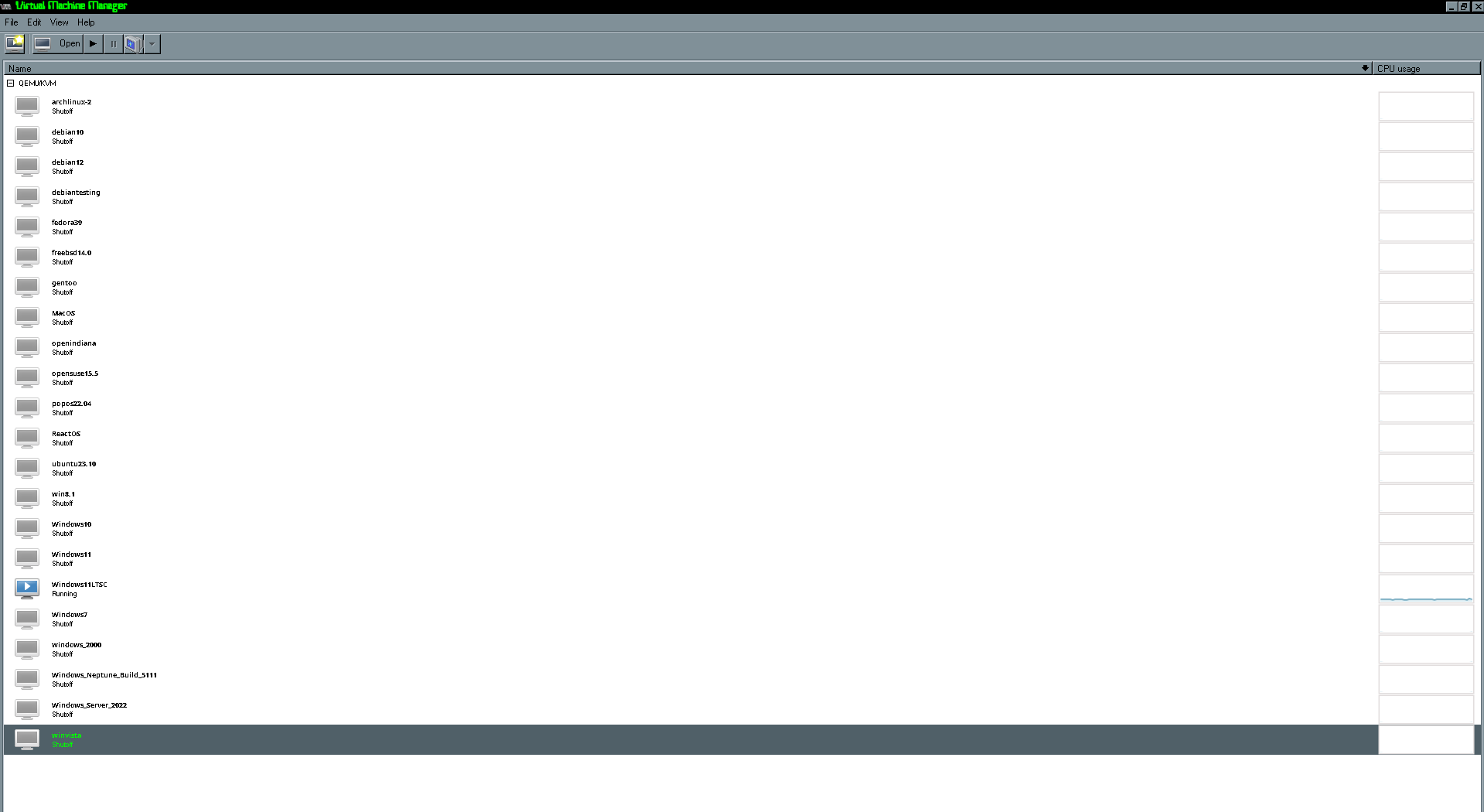Yes and no. I think connotation is important here; “stable” means different things in different contexts even within computing, and they both denote different but important things - kind of like free of cost verses freedom.
In the distro case, people need/want a distribution where they know a new version won’t come and break their config when they update at 2 AM and miss it in the changelog, and “stable” has been agreed upon as the term in that context. Of course, that can change, as all language does, but that’s just the current convention.
Also, Debian tends to make sure software is not unusable before stable is shipped (the Nvidia thing is an anomaly I’ll explain below); while they sometimes fail, as you’ve hinted, I find it quite rare that it actually happens. Also, the “static” of Debian isn’t absolute; if something really has a breaking bug or a security vulnerability that affects overall system usability (basically something that can’t be fixed by installing a Flatpak), they will put out a fix, like with the Linux kernel or a web browser (via the security repo, included by default in all installs).
Additionally, looking at this changelog, while the Nvidia situation is objectively a bit embarrassing, it looks like they were working on getting them updated, but just didn’t have much luck - I’m guessing a breaking change in the software that made it harder to package. Also, it’s in the non-free repo, which is on the back burner compared to the rest of the distro - something in the main repo will usually only be at most a few months behind at time of distro release.




No.
I usually just use Bash; there’s a certain level of complexity where it begins to be more reasonable to just use Python.